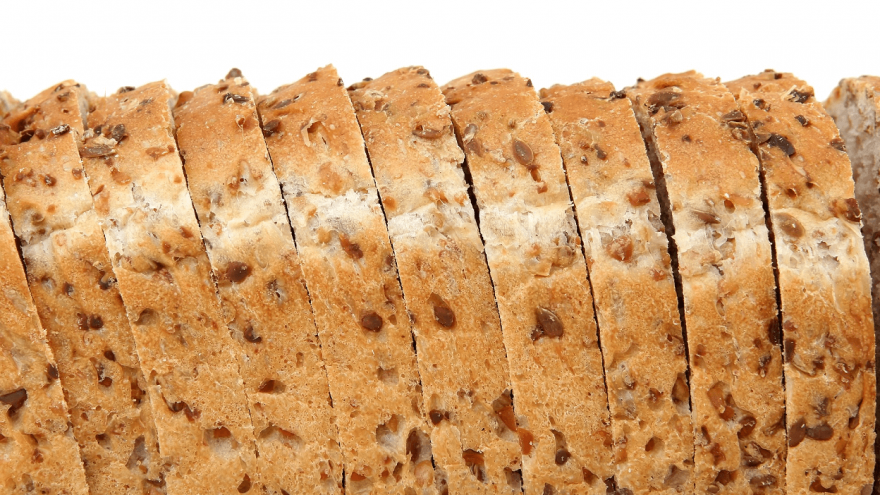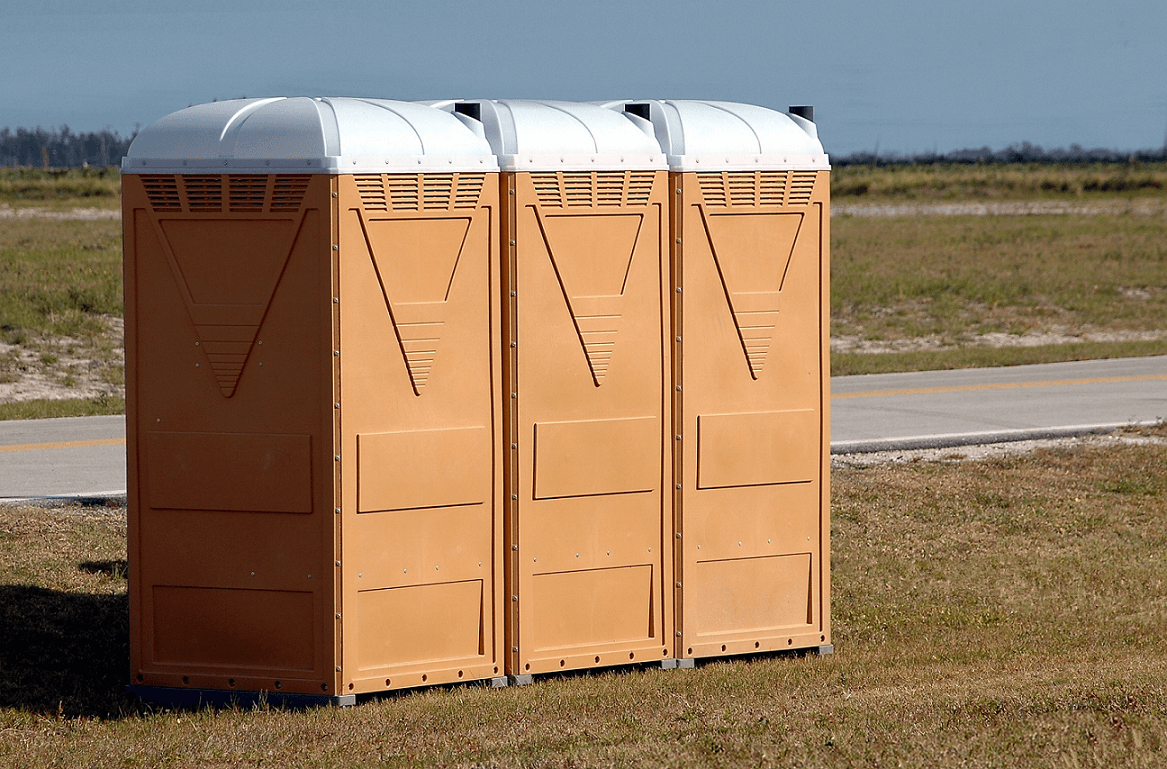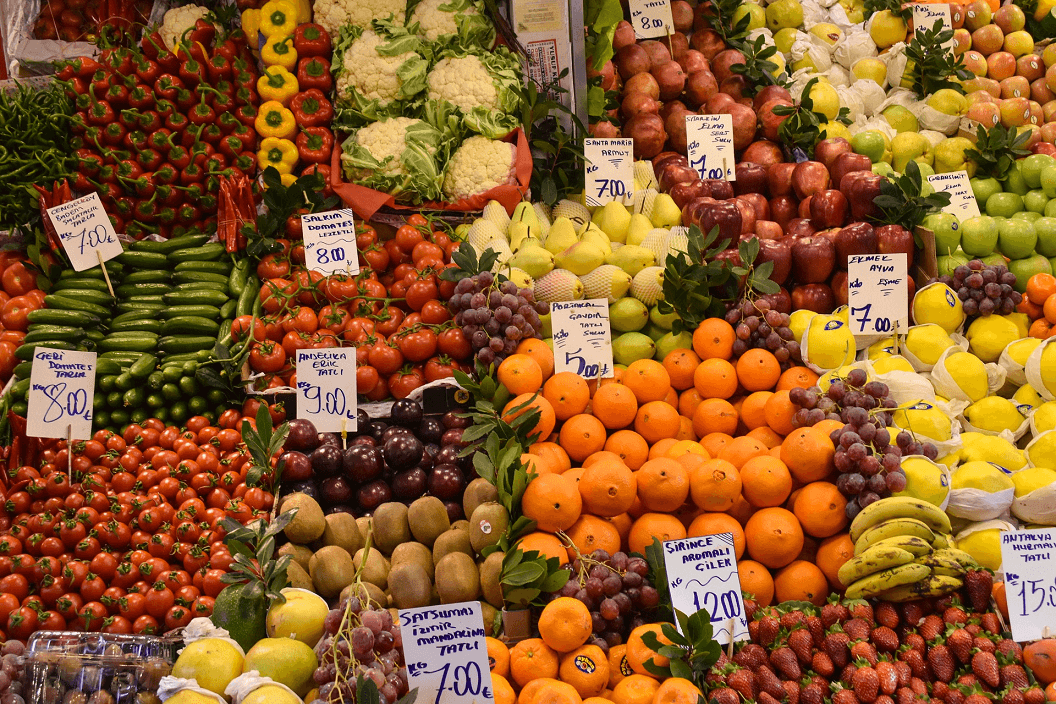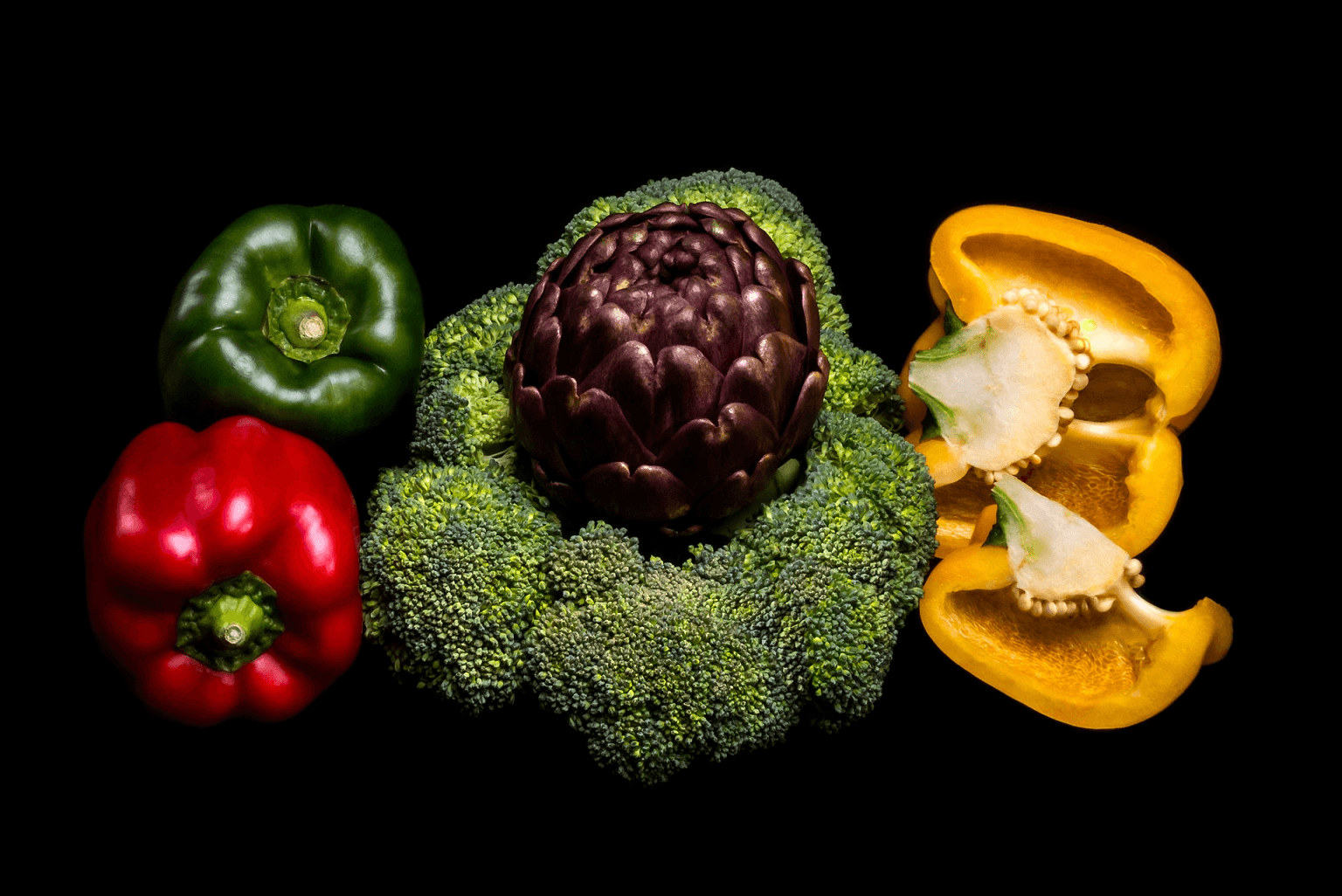Fiber and Running: The Good, the Bad and the Ugly

I faced my first full-on fiber fiasco early on in my running career. It was the eve of my first half-marathon and I made the mother of all rookie mistakes: I fueled with fiber. Not only did I gulp down copious amounts of whole wheat pasta, but I also followed it up with not one, but two giant, pure fruit smoothies on race morning. For “extra energy”.
I’m sure you can guess how it all turned out. I clocked a pitiful 2:40, of which I spent at least 30 extremely uncomfortable minutes in porta-potty lines. In a nutshell: It was pure hell. At least I learned my lesson early on, right?

And while, in hindsight, I should have done better homework and timed my fiber intake more carefully, my fiasco does bring some interesting questions to mind. Is fiber really Enemy No. 1 when it comes to distance running? Something that can derail a long run in the blink of an eye and should rather be avoided? Or does it benefit athletes in ways that far outweigh the risk of a horrendous run? Here’s what the experts have to say.
Fiber 101
But before we look at the role of fiber in an athlete’s diet, let’s just recap some fiber basics.
What is Fiber?
Fiber, also referred to as “roughage”, is basically an undigestible complex carbohydrate that is commonly found in plants. It can be divided into two basic groups, namely water-soluble fiber (commonly found in fruits, vegetables and beans) and insoluble fiber, which occurs mostly in whole grains. It also provides no energy to our bodies, since it is not digested or absorbed after ingestion.

Why Do We Need Fiber?
And if you think that fiber only serves to aid digestion, think again. It fulfills a whole range of extremely important functions in the body, including the following:
- Fiber slows down the digestive process, thereby providing the body with a steady stream of nutrients.
- It helps keep your weight down. According to Kristine Clark, director of sports nutrition at Penn State University, high-fiber foods fill you up on fewer calories. In addition, they also slow down the eating process, since fiber-rich foods require extensive chewing. Which means that your brain receives the signal that you’re full before you over-stuff your face.
- Fiber fills you up for longer. Since it takes longer to digest, fiber-rich meals satisfy you significantly longer than low-fiber options.
- It stimulates the production of healthy bacteria in the gut, which, in turn, can boost immunity.

- Water-soluble fiber helps lower cholesterol levels by transporting cholesterol to the liver.
- Water-soluble fiber can help stabilize blood sugar levels by delaying the absorption of glucose in the intestines.
- Insoluble fiber helps to keep the colon clean. This, in turn, may help ward off colorectal cancer and other digestive diseases.
- Water-soluble fiber helps the body to absorb minerals.
- Insoluble fiber absorbs and neutralizes toxins.
- Insoluble fiber contributes to well-hydrated solid waste that is easily passed. Bye-bye constipation!
A diet that is rich in dietary fiber is furthermore associated with a decreased risk of Type II diabetes, obesity, constipation and cardiovascular disease. So make sure you get enough!
Good Sources of Dietary Fiber
But exactly how much is enough? The Institute of Medicine (IOM) recommends that men aged 14 to 50 ingest 38 grams of fiber per day, while women aged 19 to 50 is recommended to ingest 25 grams. And while this may not sound like much, most Americans fall short. According to sports nutritionist, Lisa Dorfman, the majority of people don’t even ingest 15 grams a day.
So how can we naturally bump up our fiber intake? By including more of the following foods in our diets:
- Fruits, like apples (be sure to keep the skin on!), pears, blueberries, bananas, citrus fruits, and raspberries
- Vegetables, like broccoli, artichokes, green beans, peas, carrots, cauliflower and cabbage
- Wholegrain products, like whole-wheat bread and spaghetti
- Beans and lentils
- Nuts and seeds

Fiber and Running: The Good, the Bad and the Ugly
And while part of the beauty of fiber lies in its ability to stay in the stomach for longer, this is exactly what causes an issue while running. It’s not hard to see that running with a stomach full of food may not only cause discomfort, but also some potential GI issues and annoying mid-run bathroom stops. But that’s not all. After fiber-rich food has passed through the stomach and into the intestines, gut bacteria start feasting on it, producing gas that may lead to cramping. Add to that race-day jitters and you clearly have a recipe for disaster.
How to Get More Fiber into Your Diet Without Impacting Your Running
While it’s clear that fiber can benefit athletes in a number of ways, not letting it interfere with running can be tricky. Here are some tips on getting all the fiber you need, without paying a price during runs and races:
- Timing is everything. According to Leslie Bonci, director of sports nutrition at the University of Pittsburgh’s Medical Center, it takes approximately two hours for ingested fiber to leave your stomach and move into the intestine. So time your fiber intake accordingly. If you run first thing in the morning, have a quick, low-fiber snack beforehand and save your high-fiber cereal for after your run. Or, if you run after work, be sure to ingest most of your fiber during breakfast and lunch.
- Spread your fiber intake throughout the day. A study by a team from Penn State University found that pre-run snacks containing up to five grams of fiber and taken 30 minutes before a 30-minute run, did not cause any GI upset. So, instead of eating all of your daily fiber in one or two high-fiber (20 g) meals, try spreading out your fiber intake over a number of lower-fiber (5 g) snacks and meals throughout the day.
- Have a pre-race fiber taper. In the two to three days leading up to a goal race, decrease your fiber consumption by about 25%. Note that this is not a green light to feast on junk food. Simply replace some fiber-rich fruits and veggies with pure juice, or lower fiber counterparts, like grapes, cantaloupe, zucchini, and tomato. Also, avoid cruciferous vegetables and bran cereals during this time. Very importantly, also remember to gradually reverse the fiber taper post-race to go back to your pre-taper fiber ingestion levels.
- Increase your fiber intake gradually. If you’re trying to bump up your fiber intake for health reasons, do so gradually. Experts recommend adding no more than an extra three to five grams of fiber per week. Says Dorfman: “It takes anywhere from a few weeks to several months for your body to adjust to the fiber you’re eating”. Also, remember to keep up your water intake during this period.
Don’t Shun Fiber!
So instead of shunning fiber in fear of potential mid-run GI issues, learn to time your fiber intake properly instead. Play around with the tips given and find a schedule that works for you – your body will thank you!
Sources
- , Fiber and the Runner’s Diet: How to Find the Perfect Pre Run Meal, Online publication
- , Rough stuff, Online publication
- , Is there enough fiber in your diet?, Online publication
- , Fiber - Friend and foe to the ultrarunner, Online publication
Latest Articles
 Is Running on a Treadmill Easier Than Running Outside?Runners have their own preferences, whether it is treadmill running, running outside on the road, or exploring trails. So...
Is Running on a Treadmill Easier Than Running Outside?Runners have their own preferences, whether it is treadmill running, running outside on the road, or exploring trails. So... Is It OK to Use Trail Running Shoes on the Road?While trail running shoes can be used on roads, especially in situations where a runner encounters mixed terrains or pref...
Is It OK to Use Trail Running Shoes on the Road?While trail running shoes can be used on roads, especially in situations where a runner encounters mixed terrains or pref... How to Fix Sore Quads After Running?Rest, ice, gentle stretching, and over-the-counter pain relievers can help soothe sore quads after running. Also, ensure ...
How to Fix Sore Quads After Running?Rest, ice, gentle stretching, and over-the-counter pain relievers can help soothe sore quads after running. Also, ensure ... 10 Fruits With The Most Electrolytes to Replace Sports DrinksThese fruits are high in electrolytes such as potassium, magnesium, and calcium, essential for hydration, muscle function...
10 Fruits With The Most Electrolytes to Replace Sports DrinksThese fruits are high in electrolytes such as potassium, magnesium, and calcium, essential for hydration, muscle function...

